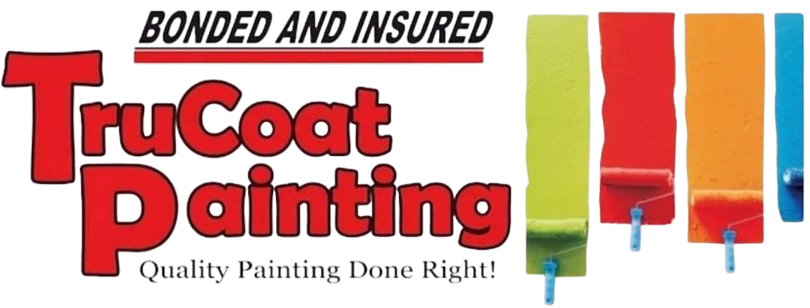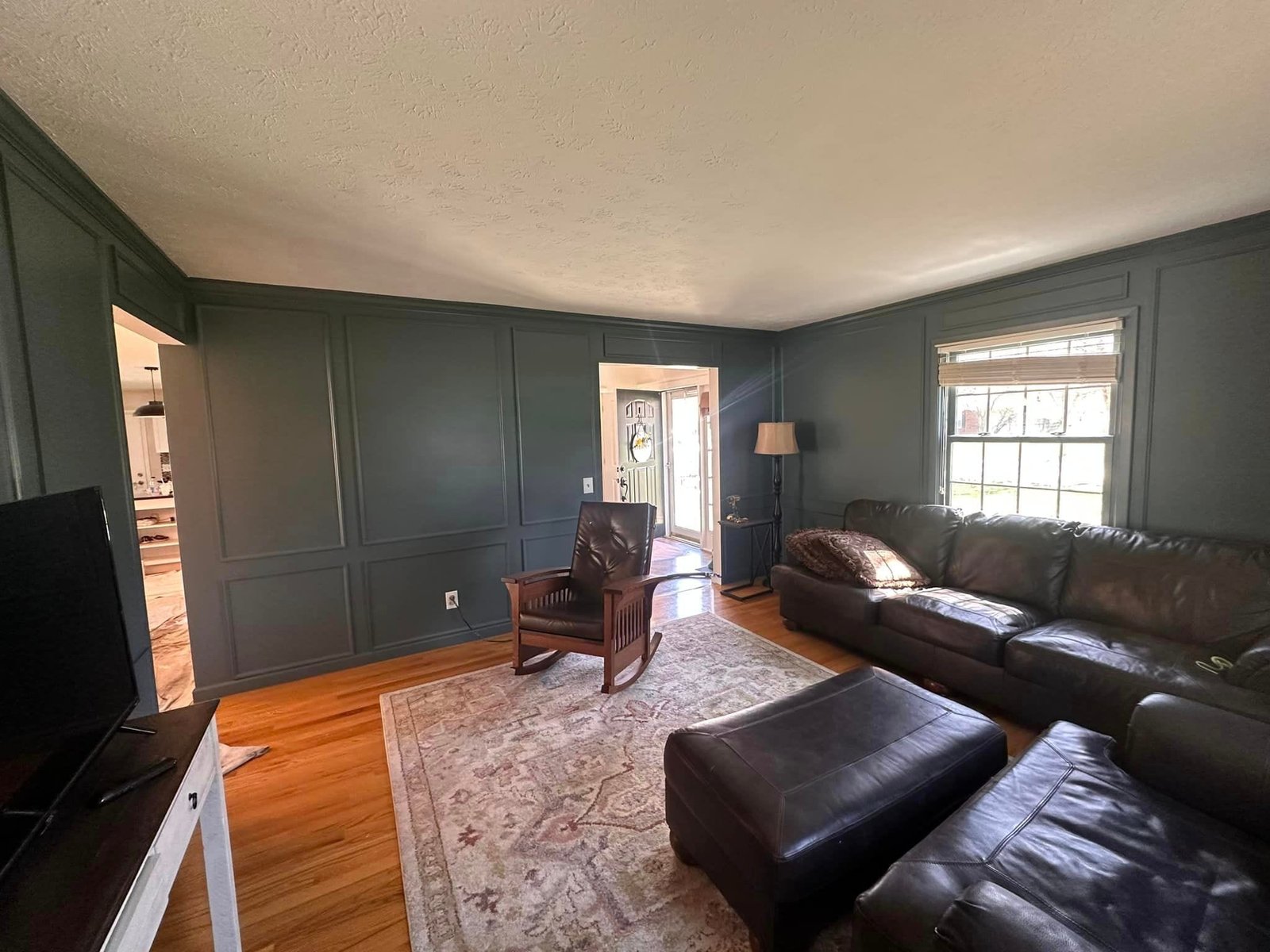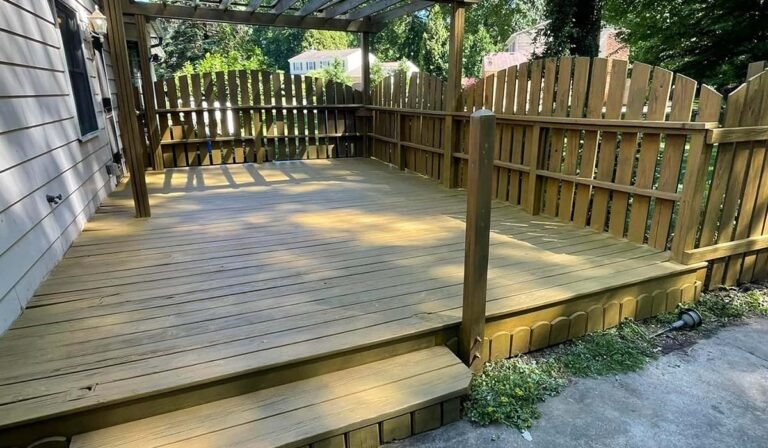$500 Off Cabinet Painting
Painting a popcorn ceiling can make an old room look clean, modern, and bright again. Popcorn ceilings, also known as acoustic ceilings, were common in homes built before the 1990s because they helped with sound absorption and hid imperfections. Over time, however, they tend to discolor, trap dust, and make rooms feel darker. Learning how to paint a popcorn ceiling the right way allows you to refresh your home without removing the texture or creating unnecessary mess.
This detailed guide explains each step clearly, what tools you need, how to prepare the surface, and how to apply paint for even, lasting coverage. The process is simple but requires patience and care to protect the texture.

Why Painting a Popcorn Ceiling Matters
Painting a popcorn ceiling restores the brightness of a room and seals in old stains or odors. Many homeowners choose to paint instead of remove the texture because it saves time and cost. A fresh coat also enhances light reflection, making spaces appear larger and more open. When done properly, the paint adds a clean finish that lasts for years.
The key to success is understanding how the popcorn surface behaves. The texture is porous and fragile, so using the wrong roller or too much pressure can cause flakes to fall. By following proven techniques, you can achieve results close to professional standards.
Inspect and Repair Before Painting
Before painting, take time to inspect the ceiling. Look for cracks, peeling, stains, or loose texture. Water stains can be sealed with a stain blocking primer. Small cracks or chips can be patched with a lightweight spackle designed for textured surfaces. Allow all repairs to dry completely before applying primer or paint.
If sections of the popcorn have fallen off, you can purchase popcorn ceiling repair spray to fill gaps. This ensures the texture looks uniform after painting.
Tools and Materials You’ll Need
Preparation and the right tools are critical for this project. Gather the following before you begin:
- Thick nap roller (¾ inch or 1 inch).
- Extension pole.
- Flat or matte ceiling paint (latex or acrylic).
- Ceiling primer or stain blocking primer.
- Painter’s tape.
- Plastic drop cloths or canvas covers.
- Step ladder.
- Dust mask and safety glasses.
- Soft brush or vacuum with a brush attachment.
- Microfiber cloth.
Having everything within reach prevents interruptions while painting. Professionals at Trucoat Painting Plus always emphasize that solid preparation determines 80% of the final result.
Step by Step: How to Paint a Popcorn Ceiling
Step 1: Prepare the Room
Painting a ceiling creates more mess than most projects, especially when texture is involved. Start by removing all furniture if possible. Cover the floor with drop cloths and tape plastic sheeting along the walls and crown molding. Use painter’s tape to protect fixtures and edges. Remove ceiling vents and light covers or wrap them securely.
Turn off ceiling fans and lights before working. Good lighting is essential, so set up temporary work lights aimed upward to reveal uneven coverage later.
Step 2: Clean the Ceiling
Popcorn ceilings attract dust, cobwebs, and residue. Clean the surface using a soft bristled brush or a vacuum with a brush attachment. Avoid pressing too hard, gentle strokes remove dust without damaging the texture. For grease or smoke residue, lightly wipe with a damp microfiber cloth. Let it dry completely before painting.
Cleaning ensures that paint adheres properly and prevents clumps from forming. A dirty surface can cause streaks and flaking.
Step 3: Prime the Ceiling
Priming is one of the most important steps in learning how to paint a popcorn ceiling. Primer seals porous texture and prevents stains from bleeding through. It also improves adhesion, helping the paint go on evenly.
Use a stain blocking or water based ceiling primer. Pour primer into a tray and load the roller evenly. Start at one corner of the room and apply in overlapping strokes. Move slowly to avoid splattering. Do not press hard or roll back and forth aggressively. Let the primer dry completely, typically for at least two hours.
If your ceiling had heavy staining or yellowing, apply a second coat of primer for full coverage.
Step 4: Choose the Right Paint
The best paint for popcorn ceilings is a flat or matte latex ceiling paint. Flat finishes hide surface irregularities better than semi gloss paints and reduce light reflection that could highlight texture inconsistencies. Select a color that complements your room’s design. White and off white tones brighten spaces, while soft grays add warmth.
Buy high quality paint designed specifically for ceilings. These paints have a thicker consistency and resist dripping better than wall paints. One gallon typically covers about 350–400 square feet.
Step 5: Apply the Paint
Attach your roller to an extension pole to reach the ceiling comfortably. Load the roller evenly without soaking it. Too much paint can cause the popcorn to loosen or fall. Begin rolling in one direction across the ceiling, working in small 4×4-foot sections. Overlap slightly with each pass to ensure uniform coverage.
Once the first coat is complete, let it dry fully. Inspect for missed spots or thin areas. Then apply a second light coat in the opposite direction. Two thin coats produce a smooth, even finish that looks consistent from every angle.
Tips for Applying Paint Evenly
- Keep a steady pace to prevent roller lines.
- Avoid heavy pressure, let the roller’s texture do the work.
- Maintain ventilation while painting.
- Use a step ladder to check edges and corners.
- If using a sprayer, practice first on cardboard to control the spray pattern.
Spraying can produce excellent results but requires more preparation and protection for walls and floors. For most homeowners, a roller is the safer option.
Step 6: Inspect and Touch Up
After the final coat dries, examine the ceiling in natural daylight. Look from different angles to spot uneven coverage. Touch up light areas or missed corners with a brush or mini roller. Remove painter’s tape carefully before the paint fully hardens to avoid peeling.
Once the paint has cured, reattach vents and light fixtures. Clean up plastic sheeting and drop clothes. A freshly painted ceiling will make your room feel cleaner, brighter, and more inviting.
Pro Tips for a Better Finish
- Use quality materials. Cheap rollers and paint often cause uneven coverage.
- Prime every time. Skipping primer shortens the life of the paint.
- Avoid overworking the roller. Too much rolling lifts the texture.
- Work methodically. Start at one side of the room and move across in sections.
- Test paint color first. Lighting affects how ceiling color appears.
- Keep ventilation consistent. Proper airflow reduces drying issues.
- Don’t paint when humidity is high. Moisture slows drying and dulls the finish.
Attention to detail separates a good result from a great one.
Common Mistakes to Avoid
When homeowners attempt how to paint a popcorn ceiling for the first time, these are the most frequent problems:
- Using a roller that’s too short napped (doesn’t reach deep texture).
- Applying heavy pressure that removes or flattens the popcorn.
- Skipping cleaning and primer.
- Using glossy paint that exaggerates bumps.
- Painting over moisture damage or mold.
- Rushing through drying stages.
Each of these mistakes can ruin the finish or require a complete redo. Take your time and treat the ceiling gently throughout the process.
When to Hire a Professional
Painting a popcorn ceiling is manageable for most homeowners, but not every ceiling is safe or easy to paint. If your ceiling is very high, heavily stained, or unstable, hiring professionals is the smart choice. Experienced painters use commercial rollers, airless sprayers, and scaffolding to cover large surfaces efficiently. They can complete the job faster and with fewer touch ups.
If you suspect asbestos, have leaks or cracks, or need color consistency across multiple rooms, professional help is worth the investment. Companies like Trucoat Painting Plus specialize in textured ceiling painting and know the correct methods to avoid damaging delicate surfaces.
Aftercare and Maintenance
A newly painted popcorn ceiling requires minimal maintenance. To keep it looking fresh:
- Dust the ceiling every few months using a microfiber duster or vacuum brush.
- Avoid scrubbing or washing; moisture can soften the texture.
- Use gentle touch ups if minor discoloration occurs over time.
- Maintain proper room ventilation to prevent moisture buildup.
With basic care, your painted ceiling can last for many years before needing another coat.
Book Free estimate now!
Schedule a free estimate with our experts at Trucoat Painting Plus to gain insights on your cabinet painting project.
Safety and Cleanup
Always wear a dust mask and safety glasses when painting overhead. Keep floors dry to prevent slipping. Dispose of used materials properly. Clean rollers, trays, and brushes immediately after use to avoid hardened residue.
If you used primer or paint with strong fumes, ventilate the area for 24 hours before spending extended time in the room.
How Long It Takes
The time needed to paint a popcorn ceiling depends on the room size and number of coats. For an average 12×15-foot room, expect:
- Preparation: 1–2 hours
- Cleaning and repairs: 1 hour
- Priming: 2 hours including drying time
- Painting: 2–3 hours for two coats
- Touch ups and cleanup: 1 hour
Altogether, plan for one full day of work for a standard room.
Benefits of Painting Instead of Removing
Removing popcorn texture is labor intensive, expensive, and messy. Painting offers many of the same benefits with less hassle:
- Seals surface to prevent dust.
- Brightens the room instantly.
- Costs significantly less.
- Reduces risk of disturbing asbestos.
- Gives a finished, updated appearance.
For homeowners who want results without major renovation, painting is the practical choice.
Conclusion
Learning how to paint a popcorn ceiling gives you control over your home’s appearance and atmosphere. A freshly painted ceiling can transform a dull room into a bright, inviting space. With careful preparation, the right materials, and patience, you can complete the project successfully on your own.
If your ceiling requires professional attention or you want guaranteed results, hiring experts ensures precision and efficiency. Whether you handle it yourself or work with professionals, the outcome will refresh your space and increase your home’s value. Taking action on your home’s details, like the ceiling above you, is how lasting improvement begins.




